In the Corning headquarters in northern New York, three employees were wearing bulky masks, wearing spacesuit-like clothes, and drumming the furnace. Their movements are elegantly coordinated. In front of the furnace temperature of up to 1600 degrees, they have to pick up the hot cockroach, which contains the molten glass, then pour out the melt, shaping between the hardening of the liquid. An employee's gloves started to smoke, and he didn't seem to mind.
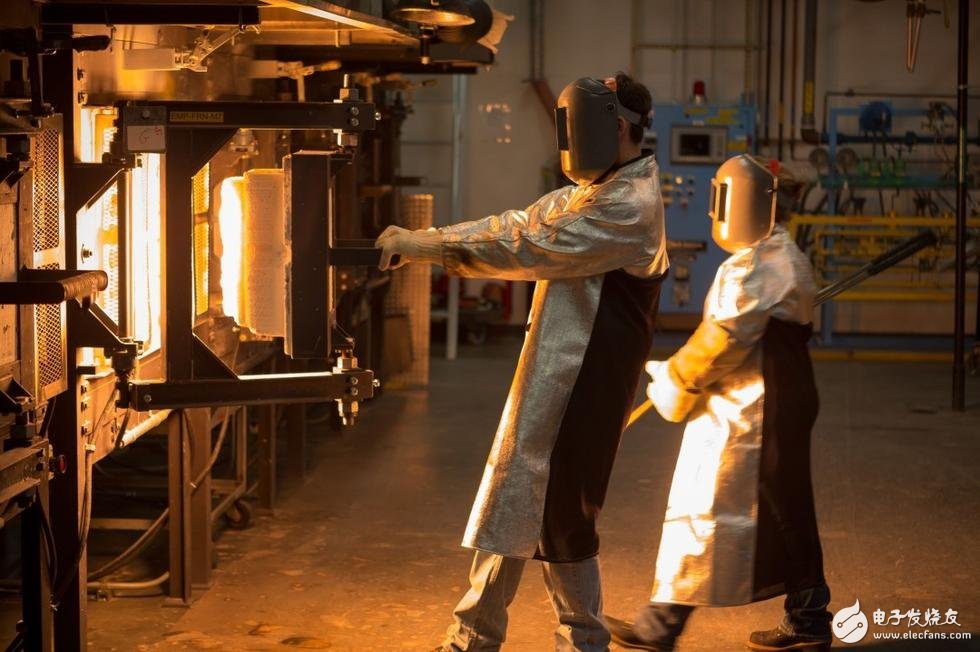
Corning material scientist Adam Ellison looked at the furnace staff's work and sulphur-like heat was thrown into the air. Ellison said: "They are dancing ballet. The temperature of the liquid is the same as hell, the glass will soon change. Hard, you only have a few minutes to get the job done.†The materials poured out by the furnace staff were developed by Ellison. They became “Gorilla Glass†glass (gorilla glass) and then used on smartphones. The glass is very hard, very thin and very light.
The researchers helped Corning investigate the performance of the glass and see how much improvement can be made. If Corning can create a more scratch-resistant, flexible, and non-breakable glass, it can allow companies to develop new products, such as cell phones and flat panels. With ultra-thin flexible glass, we can make curved screens for cars.
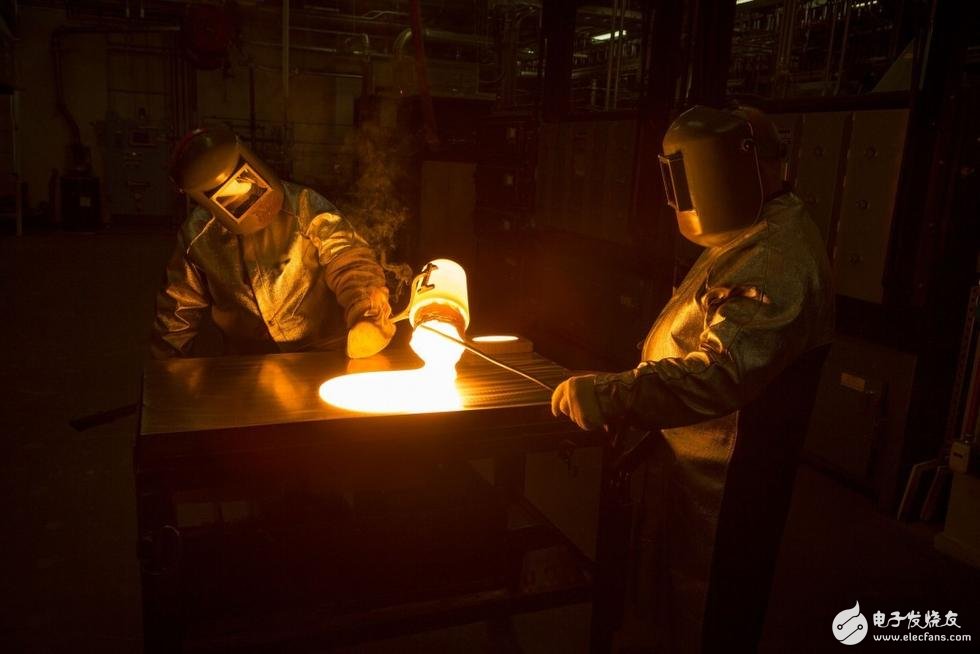
Every day, the staff of the R&D team work 8 to 12 hours to produce samples for company scientists. Scientists will try to develop new things, such as melting glass at different temperatures, and they want to know how it works. The team also tests different manufacturing methods to see how different methods affect the properties of the glass.
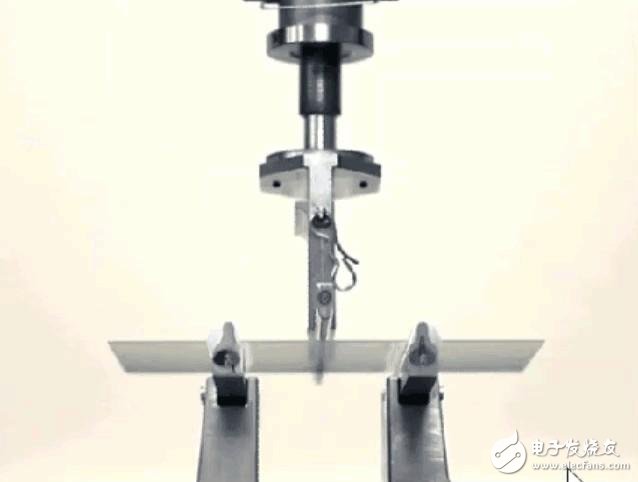
There is a machine that bends a thin piece of glass and repeats it to see how long the piece of glass can last; there is also a machine that forces the glass to bend until it smashes into pieces. Fracture testing experts use machines to evaluate the pressure required for glass breakage.
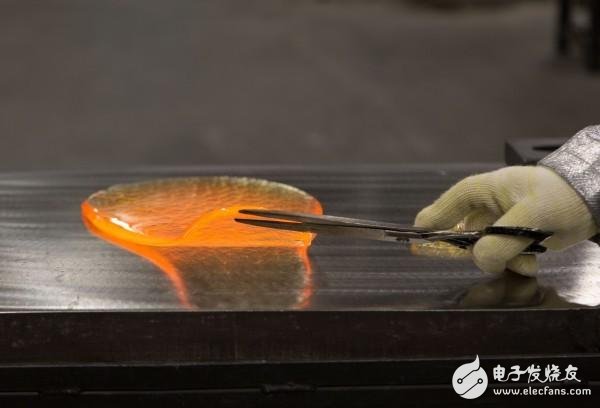
The researchers used a microscope to look at the crack pattern and get relevant information. If the glass is harder, there will be more cracks. If it is softer, there will be fewer cracks. Once tested, the material may be used to make a mobile phone imitation, and then subjected to a drop test, from the waist height to cement, gravel and other surfaces.
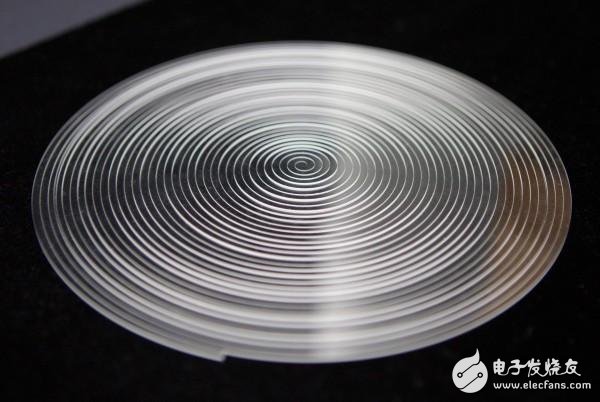
Corning's research work has two main focuses: finding new manufacturing processes and improving existing products such as Gorilla Glass. Scientists will also study other things, such as Ellison's recent implementation of a project, the 4th century Roman Lycurgus Cup is made of glass, he is ready to transform the glass. If you use light from behind, the glass will show a red rose color, if it is green from the front.
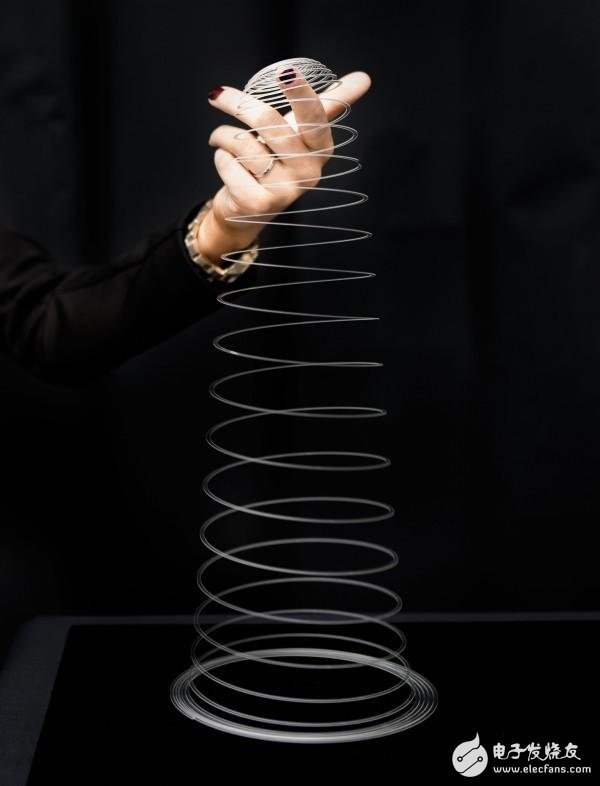
Ellison showed the sample, and when we took the glass to the window we saw a similar effect. Ellison said: "Now we already know why this effect is present." What is the use of this glass in the future? He is not very sure, but Corning will collect the research results and other employees may use it in the future.
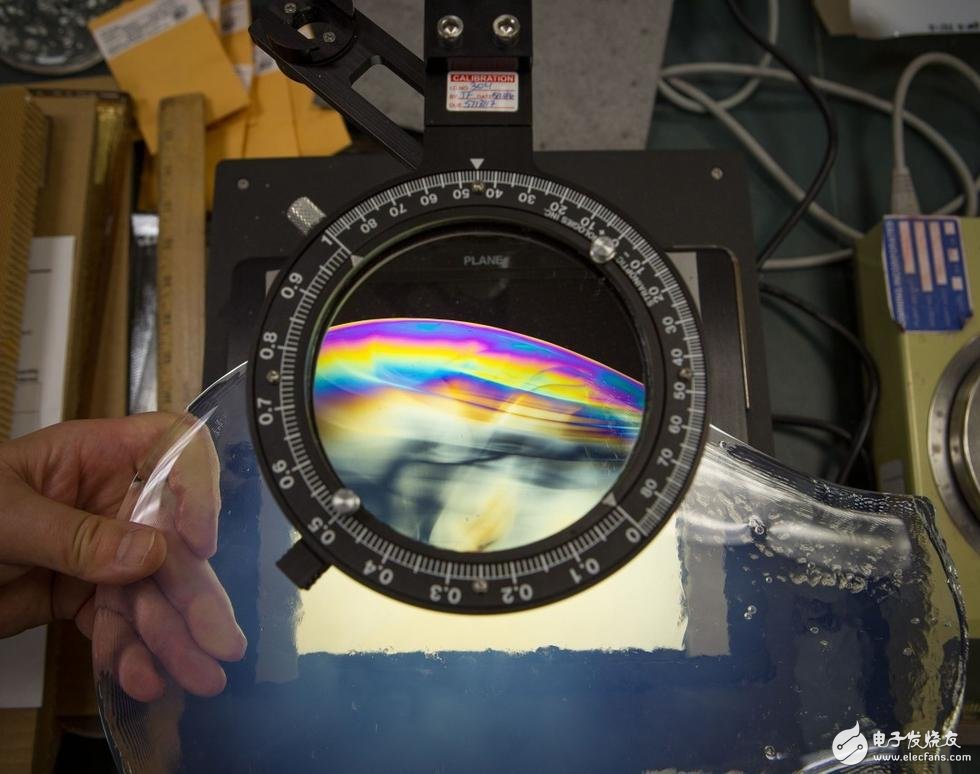
Bluetooth Keyboard,Computer Bluetooth keyboard,iPad Bluetooth keyboard
Dongguan Yiyou Electronic Technology Co., Ltd. , https://www.yiucn.com